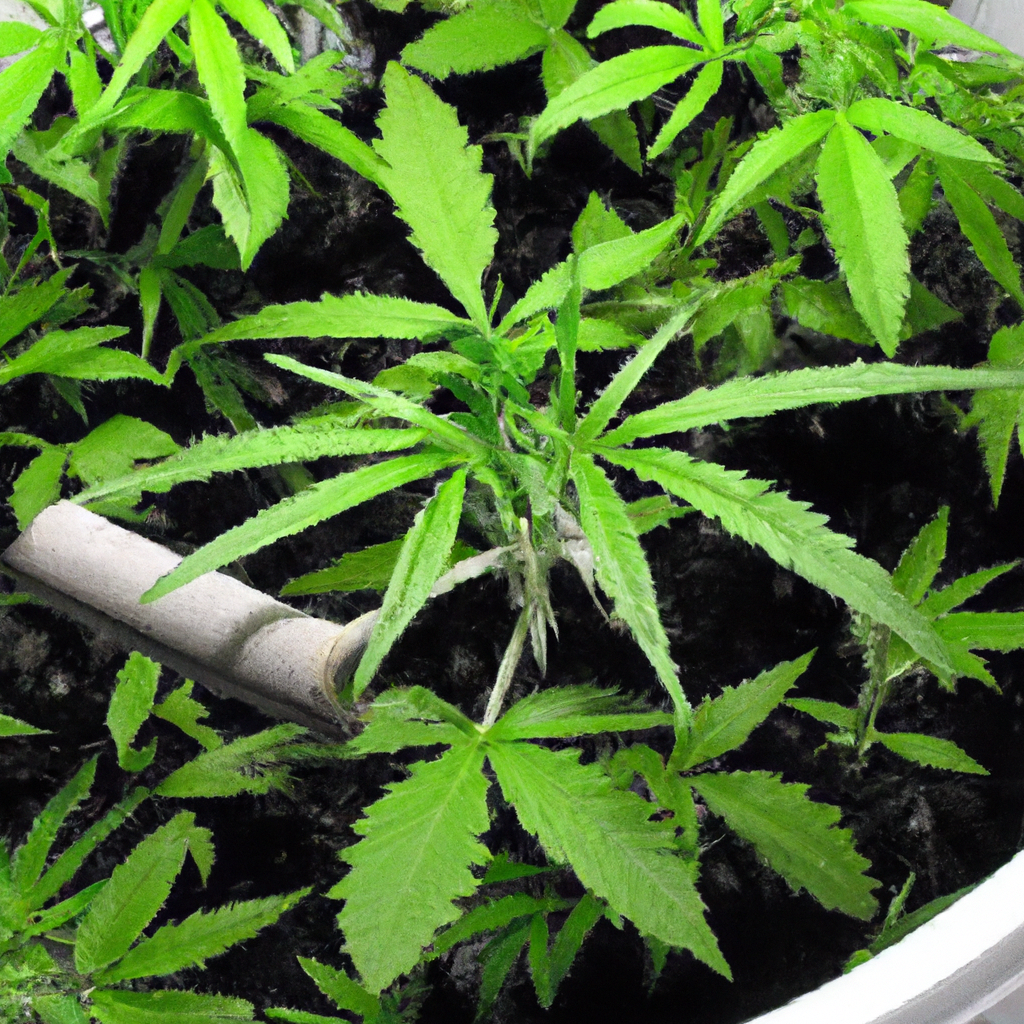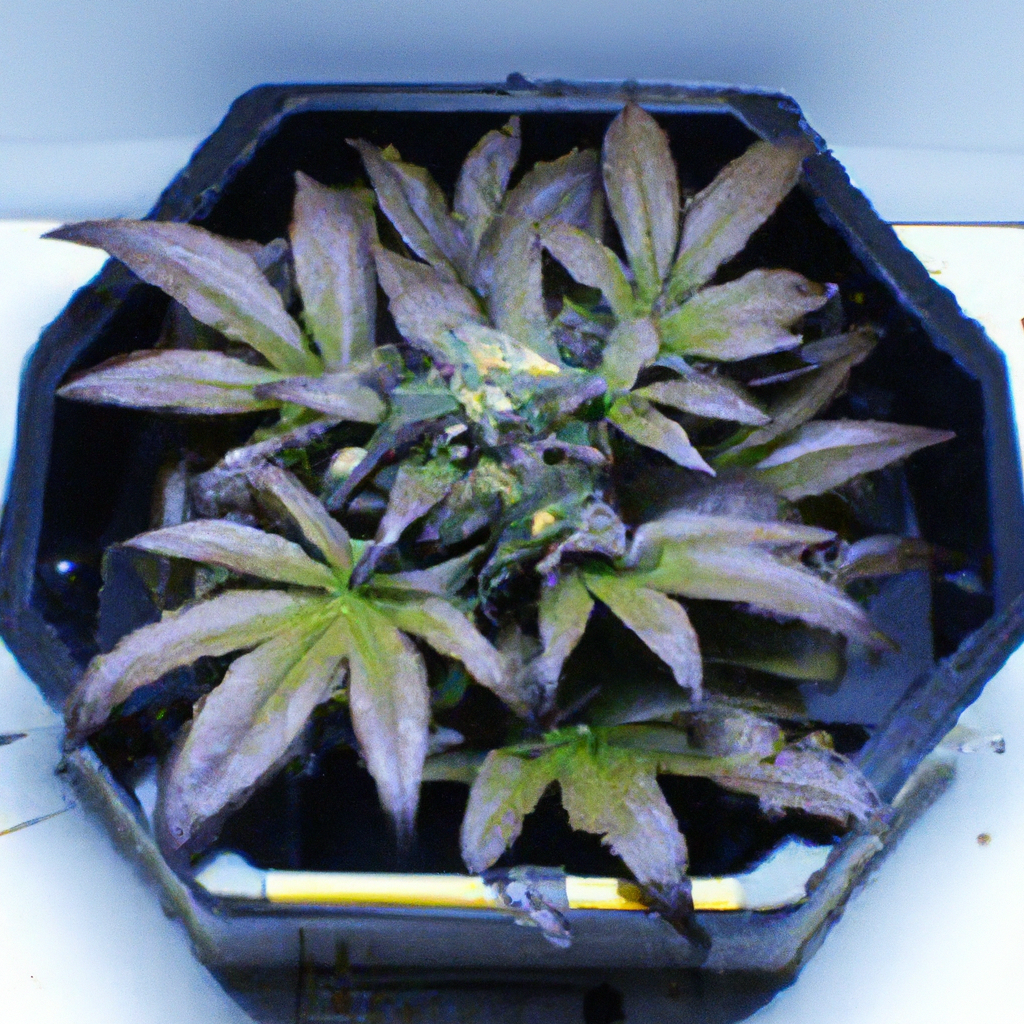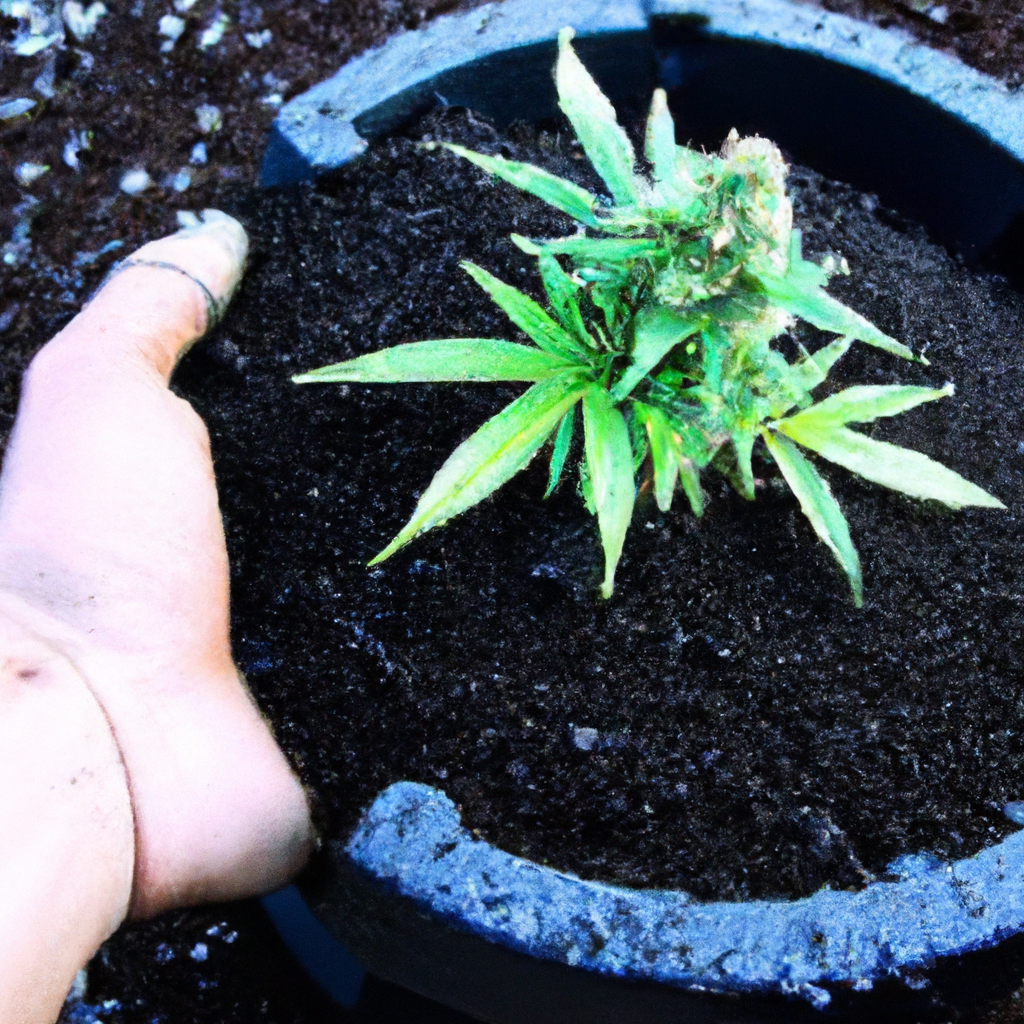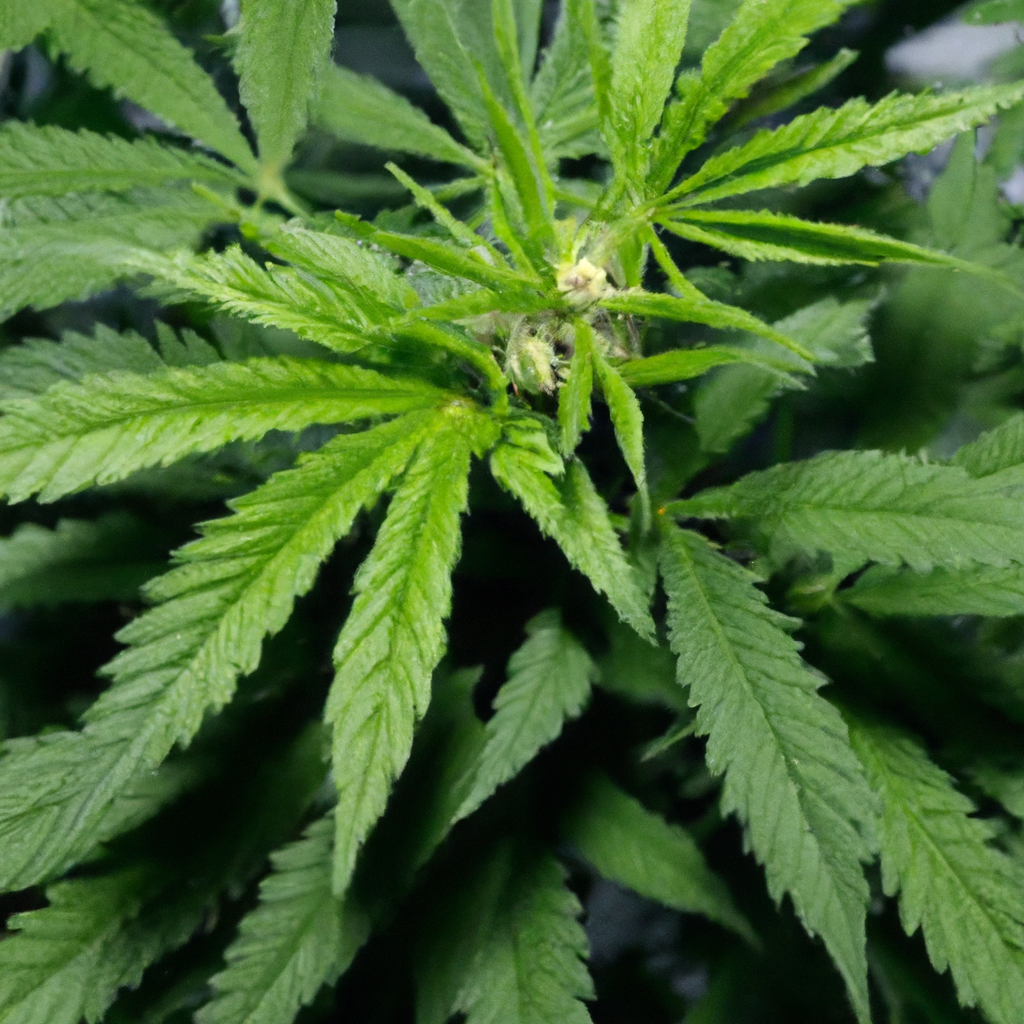Your cart is currently empty!
Category: Cultivation Tips

Lighting is essential in cannabis cultivation, influencing plant health and yield. Optimizing the light spectrum is crucial, with blue light aiding vegetative growth and red light enhancing the flowering stage. LED systems are recommended for their adjustable spectrum. Proper light intensity varies by growth stage: 200-300 PAR for seedlings, 400-600 PAR for the vegetative stage,…

Proper crop scheduling is crucial for successful cannabis cultivation, as it involves planning the growth cycle stages to align with environmental conditions, resource availability, and market demands. Key steps include understanding strain-specific growth cycles, considering climate changes, managing resources, and coordinating labor and logistics. Common challenges, like pest outbreaks and resource shortages, can be mitigated…

Growing cannabis can be highly rewarding, but pests pose a significant challenge. This guide explores organic pest control methods, such as Integrated Pest Management (IPM) and natural solutions like neem oil, diatomaceous earth, and companion planting, to safeguard your plants. IPM combines various strategies to effectively control pests while minimizing pesticide use, protecting beneficial organisms,…

Nurturing strong cannabis seedlings is key to a successful harvest. Start with quality seeds from reputable sources and use optimal germination techniques, such as soaking and planting in a seed-starting medium. Create an ideal environment by maintaining temperature and humidity, providing sufficient light, and ensuring airflow. Manage water and nutrient needs carefully to support sensitive…

Hydroponic cultivation of cannabis offers increased control and potential for higher yields, but requires a strategic approach for optimization. This blog post explores popular systems like Deep Water Culture, Nutrient Film Technique, and Ebb and Flow. Key practices include maintaining pH balance, ensuring proper aeration, and monitoring water temperature to create optimal growth conditions. It…

Growing cannabis requires precise attention to various cultivation aspects, with soil aeration being crucial yet often overlooked. Proper soil aeration ensures adequate air exchange between the soil and atmosphere, essential for root health, nutrient absorption, and overall plant vitality. This blog post explores practical techniques, including the use of perlite, vermiculite, organic matter, and aeration…

Effectively controlling and optimizing your cannabis growing environment is crucial for plant health and yield. Key elements include regulating temperature (keeping it between 70-85°F/21-29°C during the day), mastering humidity levels according to plant growth stages, and ensuring optimal airflow with the use of fans and vents. By fine-tuning these conditions using thermostats, cooling systems, and…

Managing pH levels is crucial for optimizing cannabis plant health and productivity. By keeping soil pH between 6.0-7.0 and hydroponic pH between 5.5-6.5, you improve nutrient absorption, which enhances growth and potency. Regular monitoring with a calibrated pH meter, using buffer solutions, and employing natural adjusters like vinegar or baking soda can maintain optimal levels.…

Growers are increasingly using beneficial fungi, such as mycorrhizae and Trichoderma, to enhance cannabis cultivation. These fungi improve plant health and yield by boosting nutrient uptake, drought resistance, and disease prevention. For successful implementation, select high-quality inoculants, apply them appropriately, and maintain optimal soil conditions. Real-world cases, like a California operation, have shown a 20%…

Integrating companion animals into cannabis cultivation offers unique advantages by enhancing growth and deterring pests. Chickens naturally reduce weeds and pests while improving soil through scratching behavior, and goat manure serves as an organic fertilizer. A real-world example from a Northern California farm showed a 40% decrease in pest issues and enhanced plant growth by…
